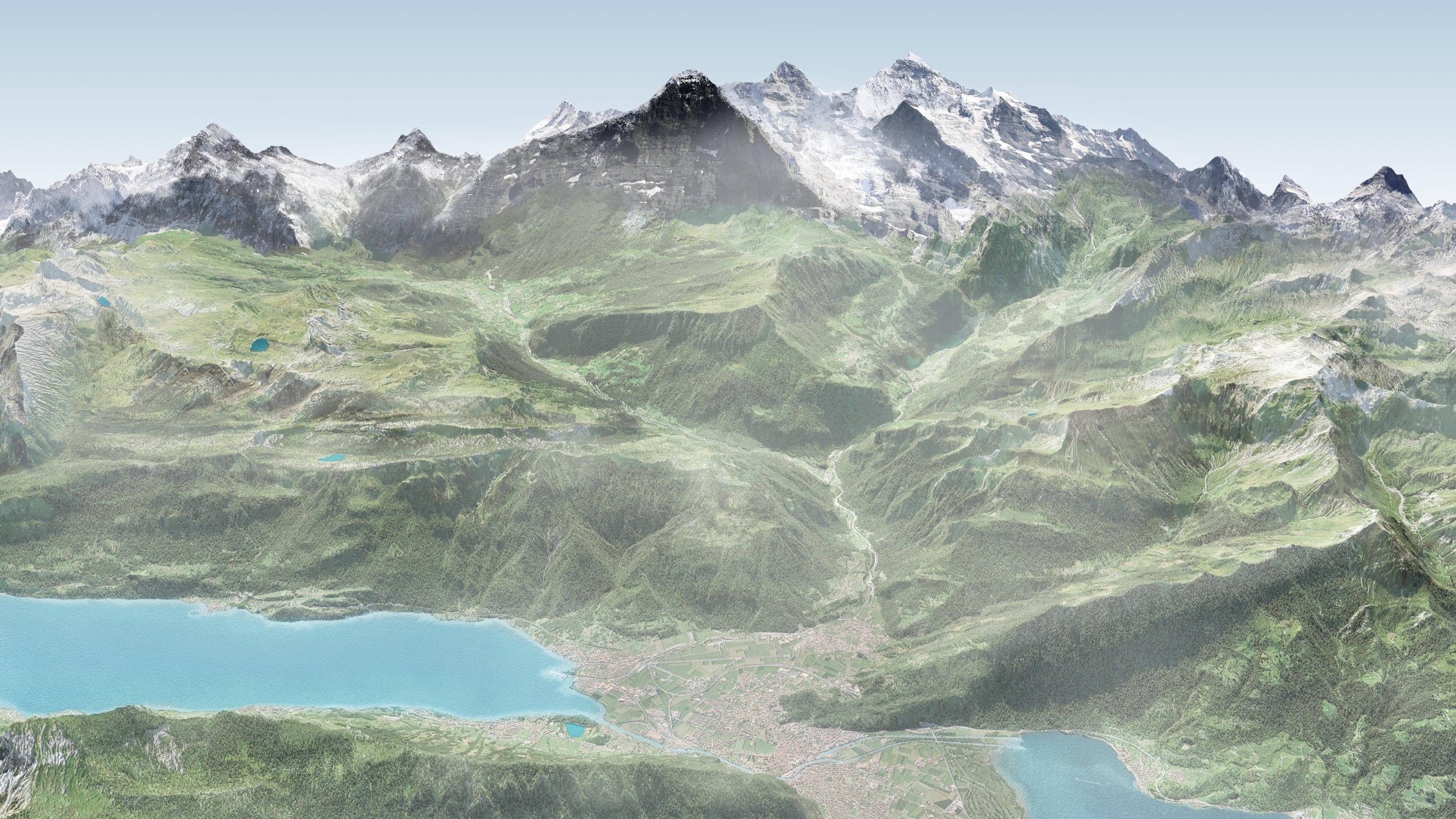
Schynige Platte Railway - Nostalgia before the Eiger, Mönch and Jungfrau
The Schynige Platte Railway travels from Wilderswil up to the vantage point of Schynige Platte. The 7.3-kilometre cogwheel route climbs a height of 1,420 metres. The variety of natural attractions en route is impressive: forests, Alpine pastures and marvellous views of Lakes Thun and Brienz. During the trip to the summit station, passengers are treated to an uninterrupted view of the triple peaks: the Eiger, Mönch & Jungfrau. Schynige Platte is positioning itself as Top of Swiss Tradition with the "Nature Cinema" and the alphorn players. The experience trail with photo point, adventure playground, hot pot and a room with a starry sky offer further summit attractions for guests.

- Wilderswil
- Schynige Platte
- Eiger
- Mönch
- Jungfrau
- Breitlauenen
A railway with tradition
The idea of building a railway to Schynige Platte was born in 1880, by when the Schynige Platte was already a popular excursion destination. It took ten years for the project to take shape and for the federal authorities to grant a concession. On 14 June 1893, the facility began regular operation. Up to the end of 1913, the trains were run using steam locomotives. From 1914, travellers were riding on the newly purchased electric locomotives, which were extremely modern at the time.
Today, this exact juncture in the history of technology, when electricity began to replace steam power, can be comprehended based on the Schynige Platte Railway. All of the trains in operation here are still exclusively the electric locomotives from this pioneering time, and they are now over a hundred years old. The railway system also offers an insight into countless details that have long disappeared elsewhere: as in the past, the locomotive pushes the cars upwards instead of pulling due to a steep incline, 25% at maximum. There are no electronic signals at any point along the route. The trains are sent to the track personally by the station master. At train crossings, all track switches have to be operated by hand.
Even the rail infrastructure itself still mainly originates from the beginning of railway operation. This means that the majority of the overhead line masts are still made from wood and have the original curved cantilevers. Engineering structures such as supporting walls, tunnels and smaller bridges, as well as the side edging of the ballast bed, are built from quarrystone, some of which are even with drywall construction.
- 1893 Built
- 7,26 km Track length
- 800mm Track gauge
- 250‰ Maximum gradient
- 1500 V Direct current
